
Make faster calls when every second counts
Instant best-in-class imaging and documentation.
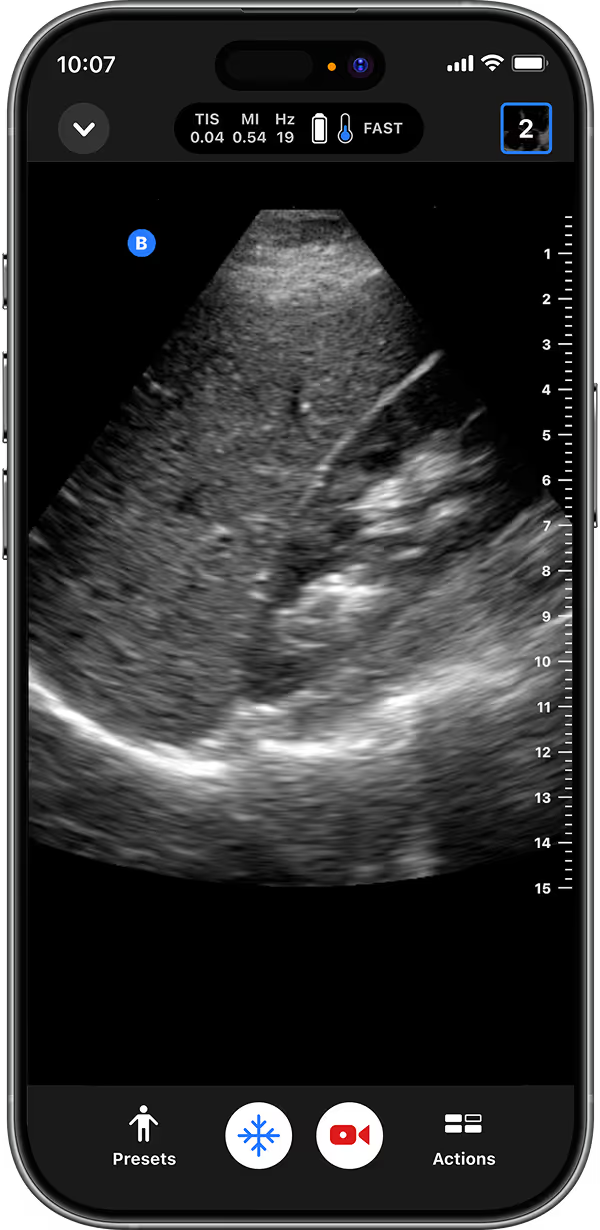
eFAST

Rule out life-threatening injuries in seconds when there is no time to waste.
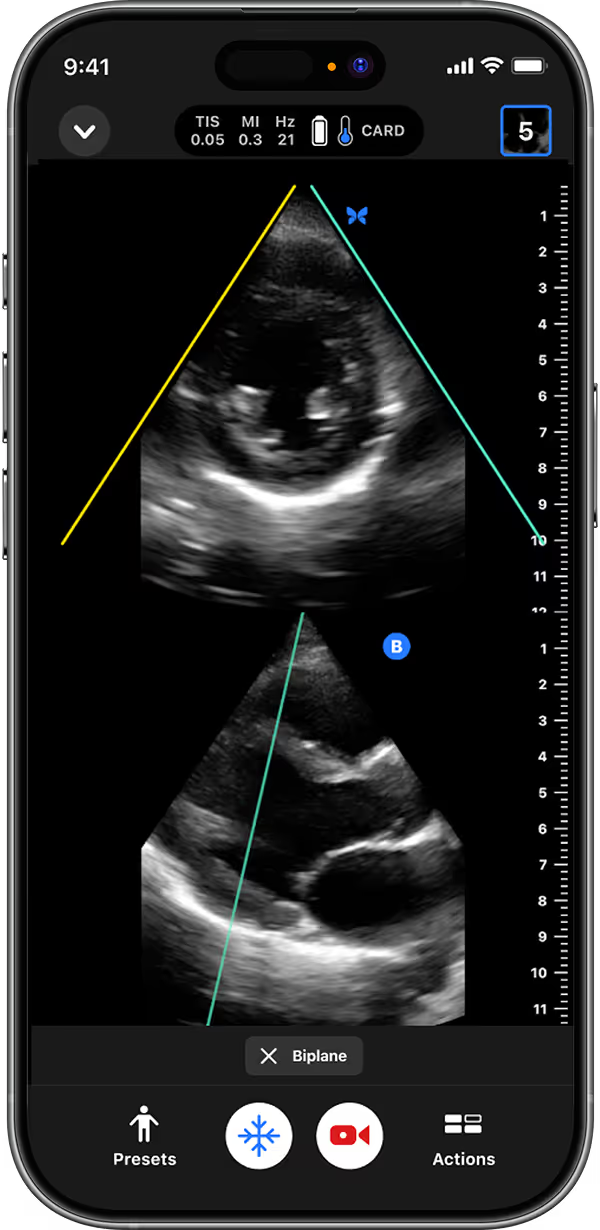
Cardiac

Assess cardiac function, confirm cardiac standstill or an alternative cause of arrest like fine VF, tamponade, a massive PE, or severe hypovolemia on the spot.
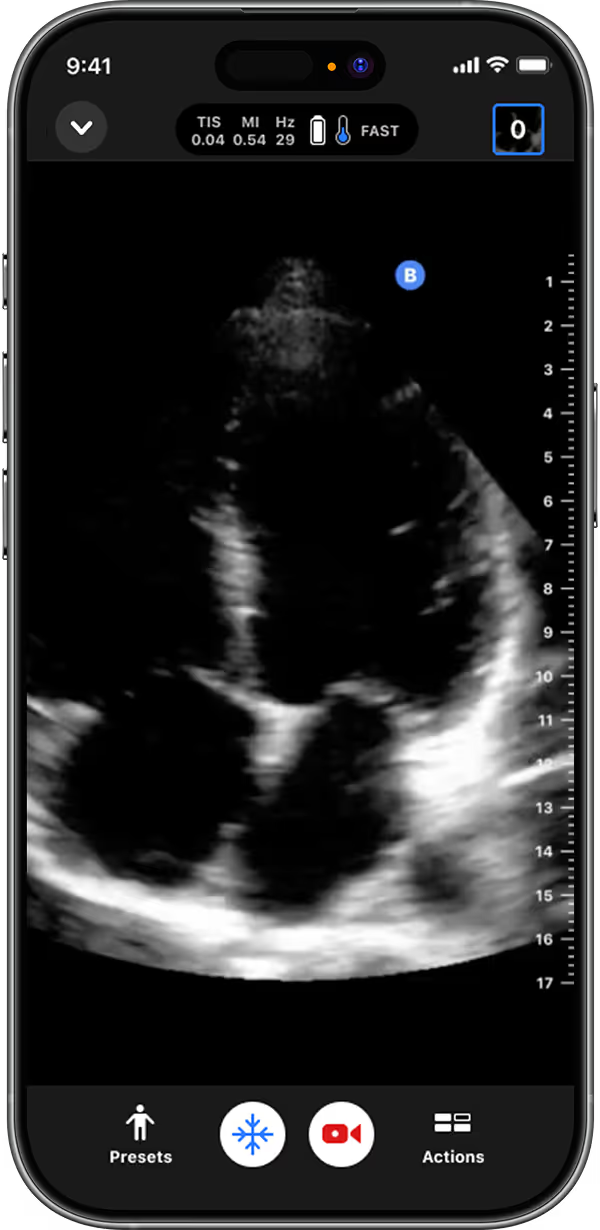
RUSH

Assess the heart, IVC, lungs, and abdomen with one probe.
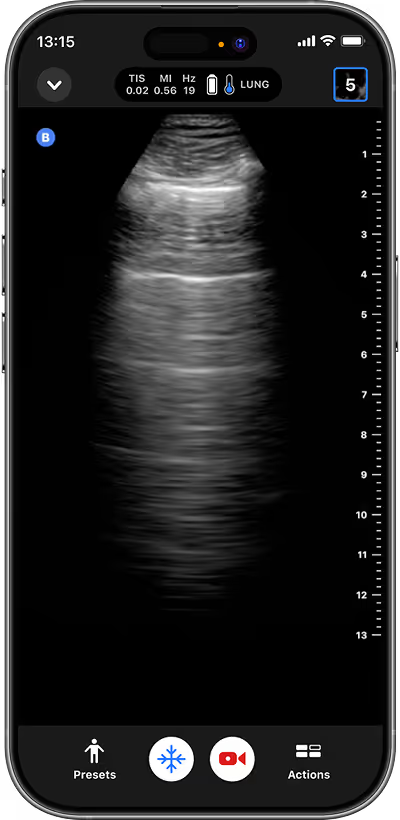
Lung

Quickly differentiate between pneumonia, CHF, or a pneum othorax — without waiting for another test.
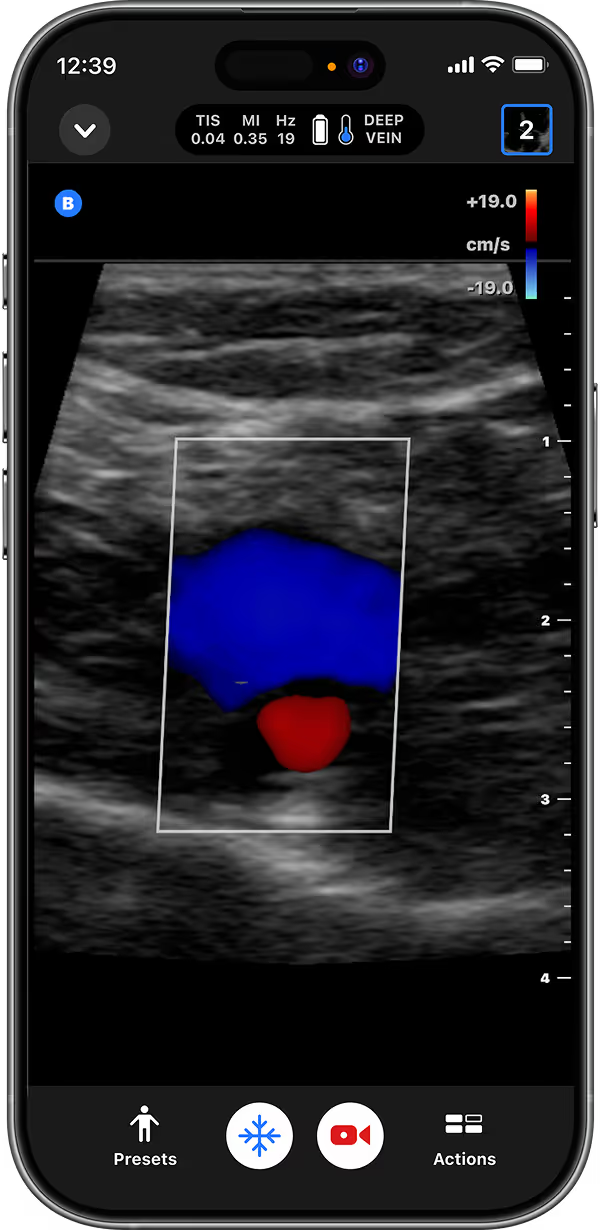
DVT

Perform a DVT POCUS exam right at the bedside - no waiting for a vascular study.
“People that practice emergency medicine without POCUS don't have the benefit of knowing how much better they could practice emergency medicine with POCUS.”
Dr. Lori Stolz
MD, RDMS, FACEP
Why Butterfly for Emergency Medicine.
Emergency care demands speed. Butterfly POCUS lets you get answers in real time.
Together, iQ3 and Compass help you:
Diagnose with more confidence
Save time and streamline workflows
Train and credential your team
Expand access across any ED setting
Maximize revenue
Butterfly is built for Emergency Medicine.
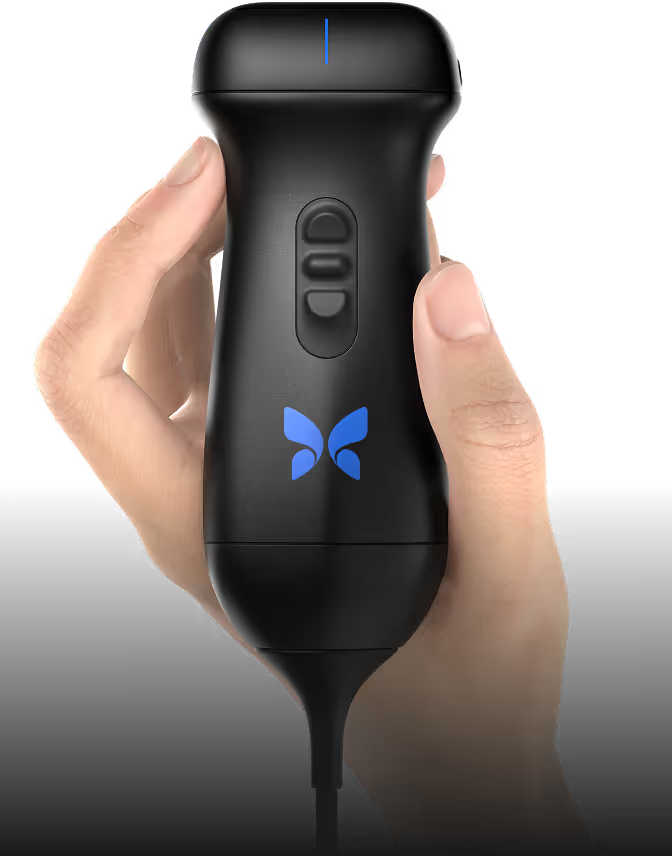

Delivers high-quality, whole-body imaging with a single, portable probe.
Butterfly iQ3 boots up in seconds and fits in your pocket. No switching probes. No waiting on a cart. Just sharp, reliable images — from triage to trauma to cardiac arrest.
Explore iQ3
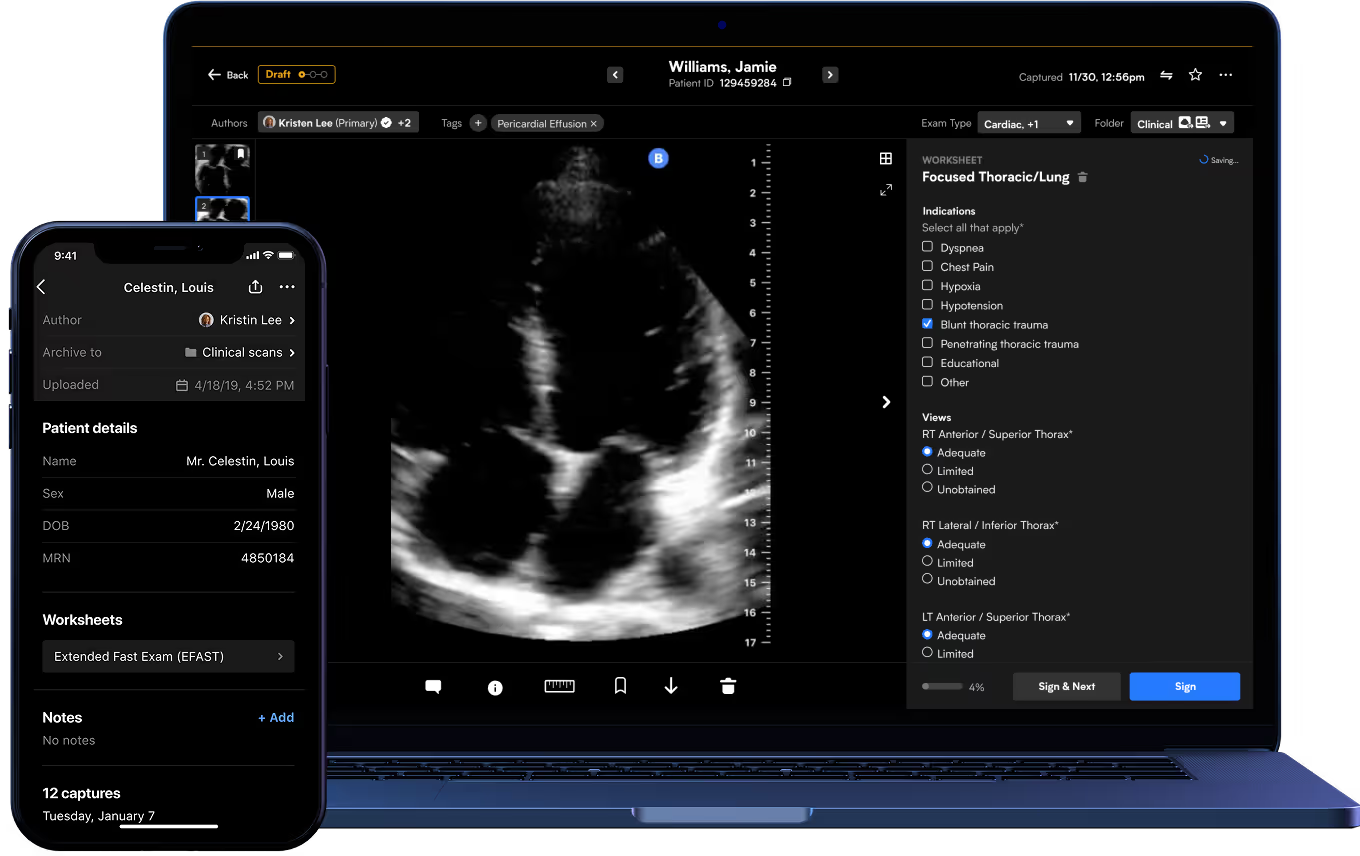

Compass AI, our integrated software platform, helps your department streamline workflows and remove friction from documentation.
It connects to your EHR, and makes it easier for every scan — from Butterfly and other probes, regardless of the machine brand — to be saved, billed for, and QA’d.
Explore Compass AI
Clinical evidence
This isn’t theory. It’s clinical reality.
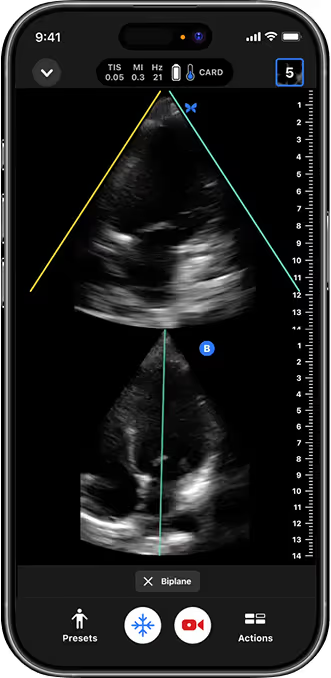
image tag
Cardiac Biplane imaging
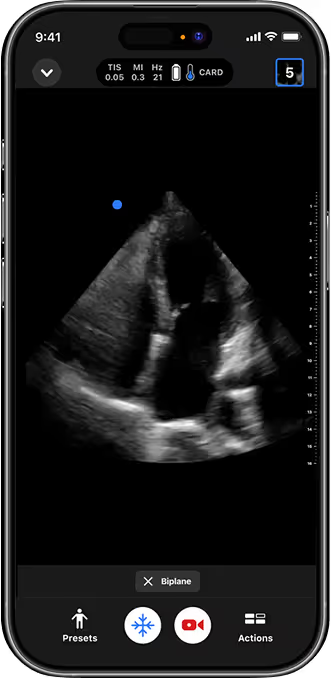
image tag
Cardiac AP4
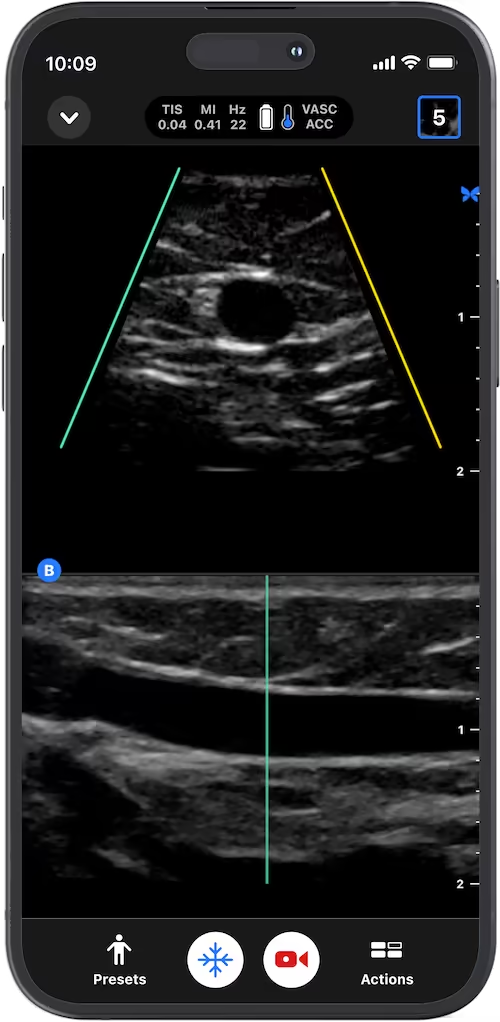
image tag
Vascular access Biplane imaging
Clinical gallery
